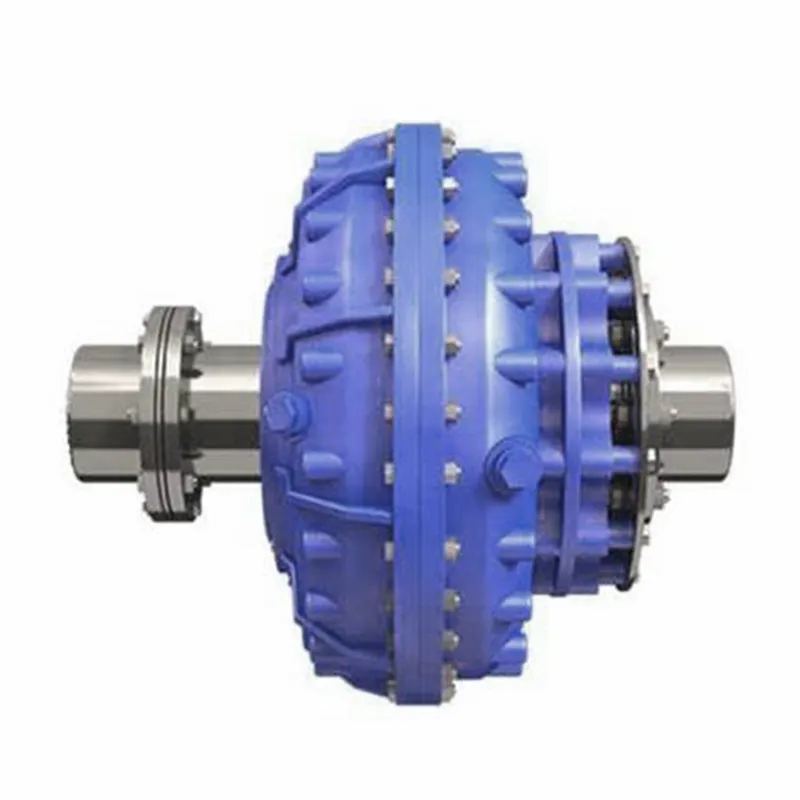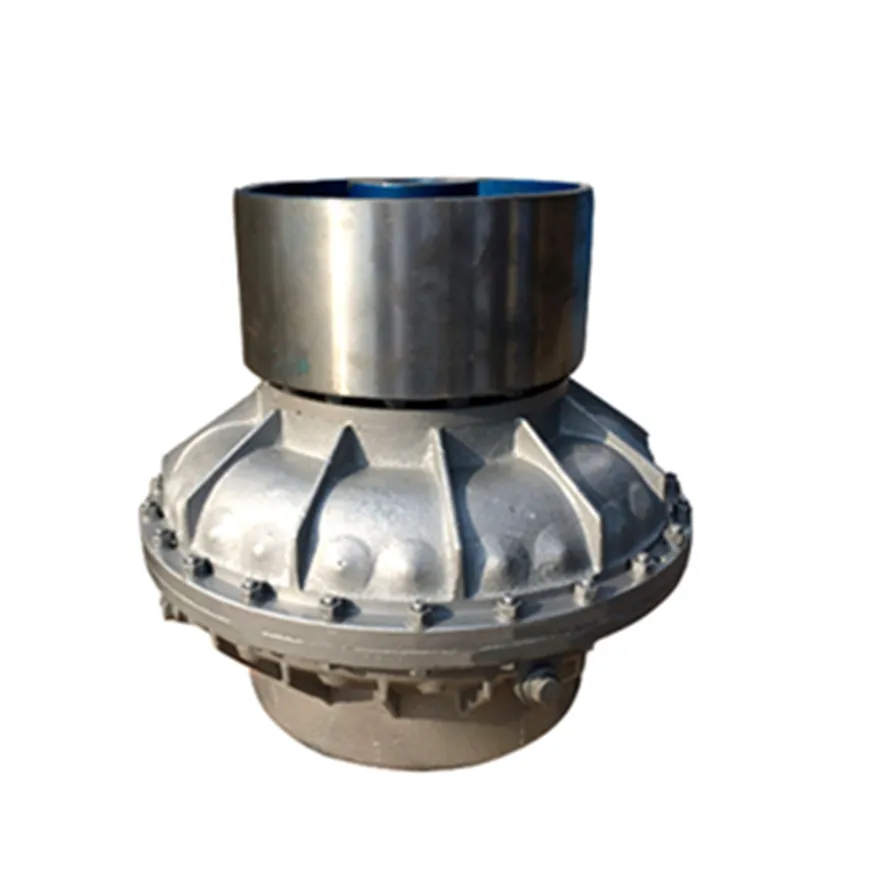Product Description
Product Description:
Coupling is used to link the 2 different organizations shaft (driving shaft and driven shaft) to rotate to common transmission torque of mechanical parts.The overloaded power transmission at high speed, some coupling and buffer, vibration and enhance the role of shaft system dynamic performance.Coupling consists of 2 parts, respectively, and the driving shaft and driven shaft connection.
| Brand | SHAC |
| Raw material | Aluminum |
| Inner Diameter | 4-60MM |
| Length | 25-140MM |
| Model number | JM1,JM2,JDM,JM-T,JH,TM1/TM2/TM3/TM4,JB,JG,JT |
| Packing | Plastic bag+inner box.According to customer’s request |
| Sample | Free sample and catalogue available |
| Certification | ISO 9001 , ISO 14001 , ISO 14000 |
| Application | CNC machines, medical and food machinery, fitness machinery, packaging machinery, printing machinery, and other machinery supporting equipment. |
Detailed Photos
Company Profile
Certifications
Our Advantages
Service:
1,Our Team:
We have experienced and qualified team of marketing and sales representatives to serve our valued customers with the finest products and unsurpassed service.And have professional engineers team to assessment and development the new precision products,and make the OEM customized more easily,experienced QC team to test the products quaity ensure the goods quality before delivery out.
2,Our products:
Quality is the life .We use only the best quality material to ensure the precision of our
Product.All products we sold out are strictly selected and tested by our QC department.
3,Payment:
We accept payment via TT (Bank transfer), L/C,Western Union.
4,Shipping method:
Including DHL, UPS, TNT, FEDEX,EMS, Airfreight and by Sea,as customer required.
To get sample or price list of linear gudies,ball screw, please contact us.
/* January 22, 2571 19:08:37 */!function(){function s(e,r){var a,o={};try{e&&e.split(“,”).forEach(function(e,t){e&&(a=e.match(/(.*?):(.*)$/))&&1

Suitability of Oil Couplings for High-Temperature Environments
Oil couplings are generally suitable for applications involving high-temperature environments, provided certain considerations are taken into account:
- Oil Selection: Choose an oil with a high temperature resistance and appropriate viscosity for the anticipated operating temperature range.
- Oil Degradation: High temperatures can accelerate oil degradation, so regular oil analysis and maintenance are essential to monitor and replace degraded oil.
- Sealing and Contamination: Ensure the coupling is properly sealed to prevent oil leakage and contamination, which can lead to overheating.
- Material Compatibility: Verify that the materials used in the coupling can withstand the elevated temperatures without compromising structural integrity.
- Cooling Methods: Consider implementing cooling mechanisms, such as forced air or cooling jackets, to dissipate excess heat.
- Operating Conditions: Evaluate the duration and frequency of high-temperature operation and factor in any temperature fluctuations.
When appropriately designed, maintained, and monitored, oil couplings can effectively operate in high-temperature environments, providing reliable power transmission and torque conversion.

Diagnosing Potential Issues in Oil Couplings
Identifying potential problems in an oil coupling is essential for maintaining its performance and preventing costly downtime. Here are some signs to watch for and how they can be diagnosed:
- Increased Vibrations: Excessive vibrations could indicate misalignment, wear, or imbalance in the coupling. Use vibration analysis tools to assess the severity and pinpoint the source of vibrations.
- Unusual Noises: Strange noises like grinding or clunking may suggest worn or damaged components. Conduct a visual inspection and listen carefully while the equipment is running.
- Overheating: If the coupling becomes excessively hot, it could be due to inadequate lubrication, misalignment, or high loads. Use infrared thermography to identify hot spots and determine the cause.
- Leakage: Oil leakage from the coupling indicates a potential seal failure. Inspect the coupling’s seals and gaskets for damage and check the oil levels regularly.
- Irregular Torque Transmission: Inconsistent power transmission could result from wear, misalignment, or oil contamination. Conduct torque tests to measure the coupling’s efficiency and identify any deviations.
- Increased Friction: Higher friction levels can be caused by inadequate lubrication or contamination. Monitor temperature changes and friction levels during operation.
- Reduced Performance: A decrease in system performance may point to wear, misalignment, or damage. Regularly measure coupling parameters, such as rotational speed and torque, and compare them to design specifications.
Diagnosing issues in an oil coupling involves a combination of visual inspections, monitoring performance parameters, and using specialized diagnostic tools to identify and address potential problems promptly.

Factors to Consider When Selecting an Oil Coupling for an Application
When choosing an oil coupling for a specific application, several crucial factors need to be taken into consideration to ensure optimal performance and reliability:
1. Power and Torque Requirements: Determine the power and torque levels that the coupling needs to transmit. Select a coupling model with appropriate torque and power ratings that match or exceed the application’s requirements.
2. Speed Range: Consider the operational speed range of the machinery. Choose an oil coupling that can effectively operate within the specified speed limits without causing overheating or excessive wear.
3. Load Characteristics: Analyze the nature of the load, whether it’s constant or varying. High shock loads or frequent start-stop cycles may require a coupling with better shock-absorption and overload protection capabilities.
4. Misalignment Tolerance: Assess the potential misalignment between the driving and driven shafts. If there’s a possibility of misalignment, choose an oil coupling that can handle angular, axial, and radial misalignments to prevent premature wear.
5. Environmental Conditions: Consider the operating environment, including temperature, humidity, and exposure to contaminants. Select a coupling with suitable sealing and cooling features to ensure reliable performance in harsh conditions.
6. Maintenance Requirements: Evaluate the maintenance practices required by the coupling. Some oil couplings require periodic oil changes or inspections. Choose a coupling that aligns with your maintenance capabilities and schedule.
7. Space Constraints: Consider the available installation space. Choose a compact oil coupling design that fits within the available space while maintaining the required power transmission capacity.
8. Application Type: Different applications have specific demands. For example, pumps, compressors, and conveyor systems may require different types of oil couplings optimized for their unique characteristics.
9. Cost Considerations: Balance the performance requirements with the available budget. While high-quality couplings may have a higher upfront cost, they can lead to cost savings over the long term due to reduced maintenance and downtime.
10. Manufacturer Reputation: Opt for reputable manufacturers known for producing high-quality and reliable oil couplings. This ensures that you receive a product backed by technical support and warranties.
By carefully considering these factors, you can choose the right oil coupling that meets your application’s specific needs, leading to enhanced performance, efficiency, and longevity.


editor by CX 2024-04-15
by
Tags:
Leave a Reply